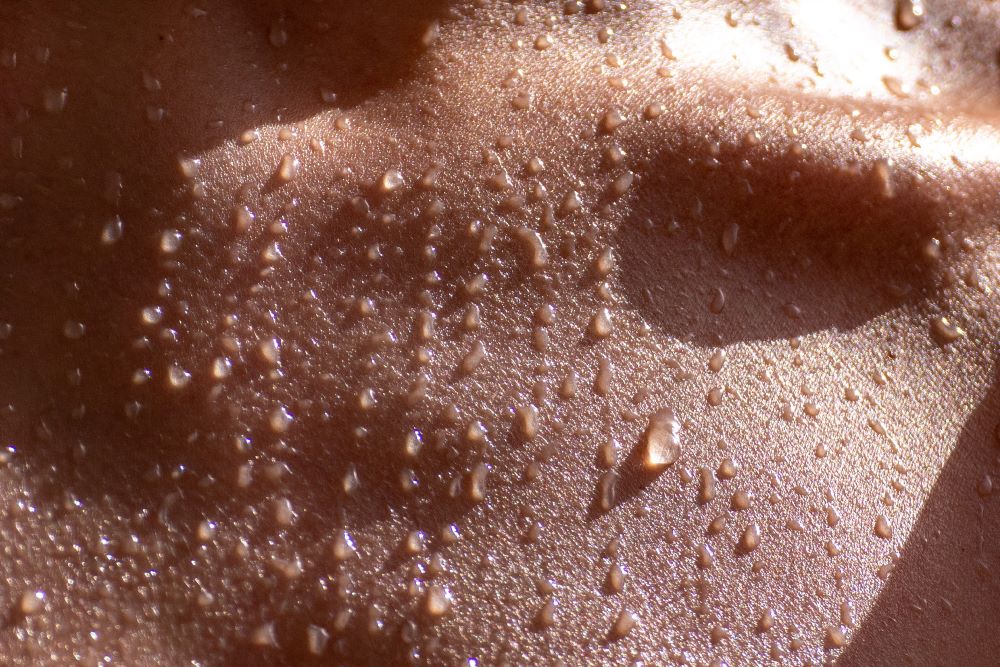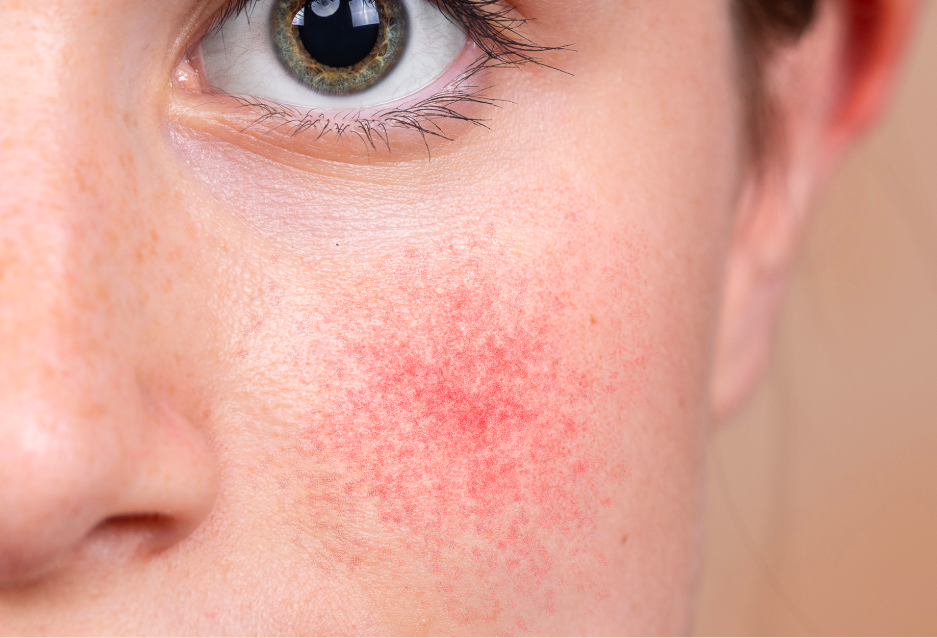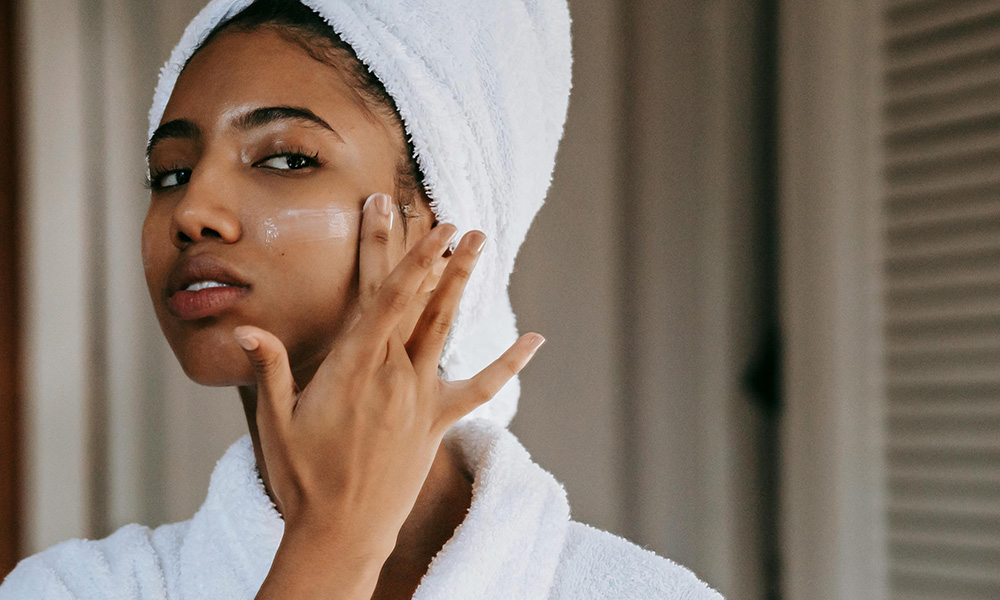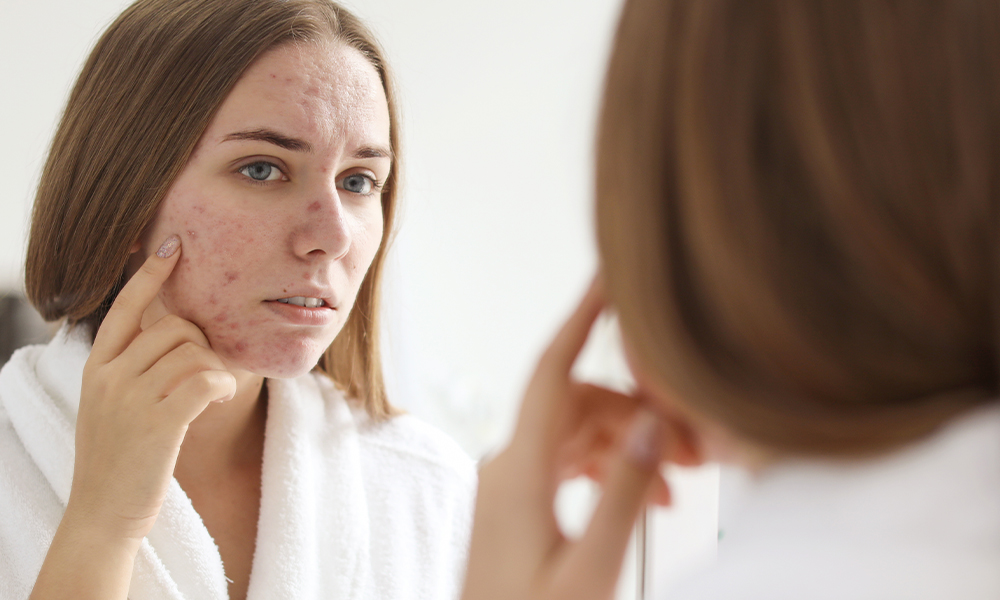Rosacea Awareness Month: Five Things to Know About Rosacea

Link to share article here:
Ask A Dermatologist: What Is #SkinFlooding?
With over 77 million views on TikTok, videos on #SkinFlooding have seamlessly made their way onto our feeds in the last few weeks, but what is this new trend all about?
We asked our expert Dermatology Team to weigh in on this new wave (pun intended) of skincare content, and pose the question – is this another frivolous skincare trend or is their method to the madness? Read on to find out.
First things first, what is #SkinFlooding?
Skin flooding is the practice of layering multiple hydrating products on top of skin that’s already drenched with water. If you’re familiar with the practice of slugging, you’ll recognise the key tenet here – maximum hydration.
“It started trending on the back of the winter season,” Dr Malvina Cunningham, Consultant Dermatologist at Skin + Me tells us. “This is when most people’s skin becomes drier and lacks moisture. As skincare and in particular acids and peels have become more popular we see more irritated and dehydrated skin due to temporary damage to the skin barrier.”
Skin flooding is usually done in the evenings, as it allows your skin to absorb the added moisture overnight, and supposedly wake-up dewy and hydrated. Hyaluronic acid serum applied to wet skin, followed by a barrier-repair cream and sealed in with a thick, occlusive balm, or even Vaseline (á la slugging).
Is my skin dehydrated or dry?
Because there is a difference. “Dehydrated skin is essentially skin that is lacking water.” explains Dr Ben Esdaile, Consultant Dermatologist at Skin + Me. “This is different from dry skin as any skin type can be dehydrated and it does not have to be dry.”
“Dehydrated skin on the face can appear dull often with more prominent fine lines and surface wrinkles. Other clues include more prominent shadows under the eyes as well as sunken appearing eyes.”
Dry skin is a skin type that produces less oil (sebum) compared to balanced skin. It will usually appear flaky and scaly, and feel rough to the touch.
Now that winter is firmly upon us, your skin may feel drier than usual. “A drop in temperatures and low humidity have a negative effect on our skin barrier.” Dr Malvina explains, “It becomes weaker and it is more susceptible to environmental stressors and allergens. A compromised skin barrier drives inflammation leading to redness, dryness and irritation.”
Is skin flooding good for your skin?
If you have dry or dehydrated skin, flooding your skin with products sounds a bit too drastic, even for skincare superfans like us! There’s also a slight risk of pilling too.
Instead, opt for one or two light layers of hydration – think hyaluronic acid applied to damp skin and follow up with your go-to moisturiser (we recommend Soothe + Smooth Light Moisturiser). Goodbye dehydration, hello happy, healthy skin!
What are the best ingredients for dehydrated skin?
HYALURONIC ACID
Dr Ben lauds this heroic hydrator for anyone with dry or dehydrated skin: “Hyaluronic acid pulls in and holds moisture, plumping and hydrating the skin on contact.”
“The ‘acid’ in the name can be misleading here as it doesn’t strip your skin – hyaluronic acid is actually nourishing and hydrating. It’s great for dry, dehydrated skin and an oil-free option for acne-prone skin.”
If you want to try your hand at skin flooding, hyaluronic acid should be at the top of your list.
GLYCERIN
Glycerin is a simple, effective moisturiser that keeps the skin lipids between our skin cells in a healthy (liquid crystal) state, protects against irritation and helps to restore the skin barrier. You’ll usually find it in moisturisers and hydrating serums.
CERAMIDES
Ceramides are a type of lipid (fat) that binds skin cells together like glue, found in good quality moisturisers. This helps them form a protective barrier on the skin to retain moisture and prevent water loss. They also help protect the skin from pollutants.
UREA
Our bodies produce urea naturally – both in our urine and our skin. It’s commonly classified as a natural moisturising factor. It breaks down keratin in the skin, leaving it soft and smooth – it’s why you’ll often find it in skincare products that target dehydrated skin.
SHEA BUTTER
Shea butter has a naturally high concentration of vitamins and fatty acids, so you’ll often find it in ultra-hydrating moisturisers (like our Skin + Me Soothe + Smooth Rich Moisturiser), or in natural remedies for dry or inflamed skin conditions such as eczema, psoriasis and dandruff. Its emollient properties will also help your skin retain any moisture from skin flooding.
I’m prone to dehydrated skin, what should I do?
AVOID ALCOHOL
“Unfortunately alcohol has a negative impact on our skin,” Head of Medical, Dr Jason Thomson explains. “This is mainly through dehydration which occurs as alcohol is a diuretic, meaning it increases water loss from our blood via the kidneys.”
“This has a knock on effect within our skin which can also become dehydrated, resulting in loss of moisture in the upper layers leading to dry and rough skin, regardless of your skin type.”
GET YOUR BEAUTY SLEEP
“Evidence shows us that our skin is affected by the same environmental stressors that have negative effects on the rest of our body, such as lack of sleep.” Dr Jason explains.
Sleep deprivation can have a negative effect on our skin, and its ability to retain moisture day-to-day, so make sure you get at least seven to nine hours a night.
STAY HYDRATED
Last, but certainly not least, drink plenty of water. Two litres a day is a good rule of thumb, but just ensure you’re drinking enough regularly throughout the day.
New to Skin + Me? Get your first month of personalised skincare for £4.99 with promo code DOSE – complete our quick consultation here.
Looking for a routine refresh? Add the Dream Routine to your Skin + Me subscription.
In need of a restock? Head to The Skincare Shop for one-off purchases of your Routine Essentials.



